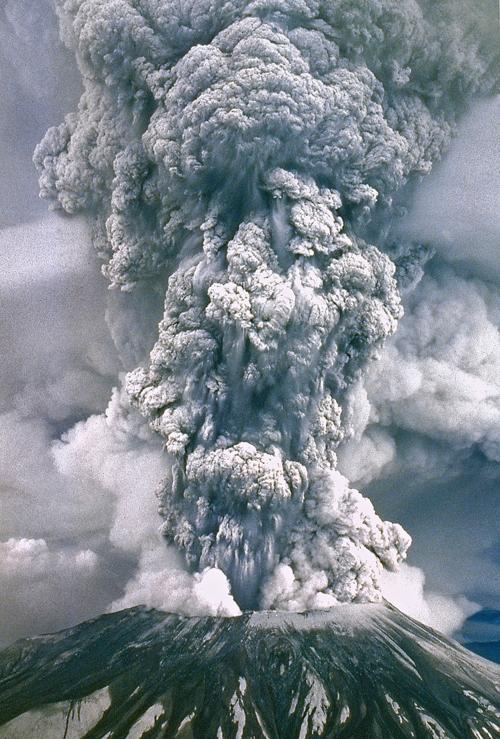In visiting the state of Washington, it was of the upmost importance to ensure I stop in Cougar and travel 11 miles outside the city to gaze upon the wonder that is Mount St. Helens. I remember building a model volcano for a science fair project back in middle school, so it was a perfect way to venture down a nostalgic, memory lane in pursuit of my childhood happiness. Upon hiring a tour guide, he advised during our journey that this volcano is an active composite volcano, which means it was built up by many layers of hardened lava, pumice and ash from previous intervals of explosive and effusive eruptions. Because it was built up over time, Mount St. Helens possesses a steep profile with a summit crater; the lava flowing from this stratovolcano cooled and harden before it could spread far due to the lava's high viscosity. As we arrived at the base of the volcano's location in the Cascades Range, the tour guide informed me that Mount St. Helens is a result of
the ongoing subduction of the Juan de Fuca tectonic plate beneath the western coast of North America, and has taken approximately 40,000 years to become the behemoth volcano it is today. As we drew nearer to the summit, it was interesting to see the larger, rounded rock formations from the previous lava flows, which appeared to be layered and stacked on each other like clouds from the lava cooling and flowing in a unique cycle. I began to contemplate just how devastating the damage was from the 1980 eruption, spewing ash and gas up to 15 miles high while also decimating 135 square miles of forest. I recalled how the visitor's center information boards mentioned it killed 57 people and was the deadliest eruption in U.S. history. Standing at the summit, I felt alive standing on top the active volcano knowing that is still one of the most dangerous in the United States. As we traveled back down the side of this sleeping giant, I asked the tour guide what the chances were of it erupting again. The guide enlightened me, saying that the rough time interval between eruptions was every 100-300 years but that it's unlikely its eruption will have any effect on other surrounding volcanoes erupting. I gained a great respect for Mother Nature on this part of my trip, but did so with a smile as I finally got to witness a real volcano for the first time since being 15 years old.
 Source: https://tdn.com/mount_st_helens/tdn-veteran-editor-to-join-look-back-on-eruption-of-mount-st-helens/article_430dd775-54c0-55c9-b35a-68fc129200ae.html
Source: https://tdn.com/mount_st_helens/tdn-veteran-editor-to-join-look-back-on-eruption-of-mount-st-helens/article_430dd775-54c0-55c9-b35a-68fc129200ae.html


No comments:
Post a Comment